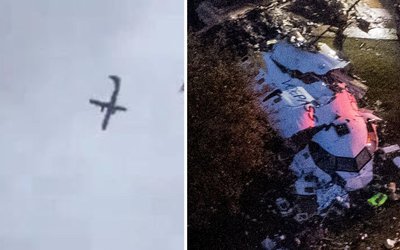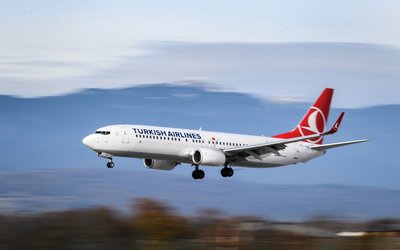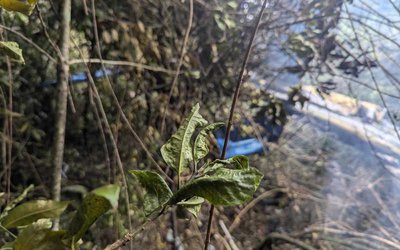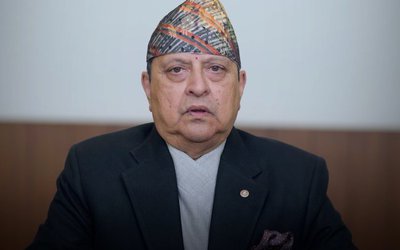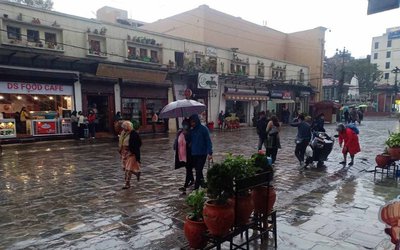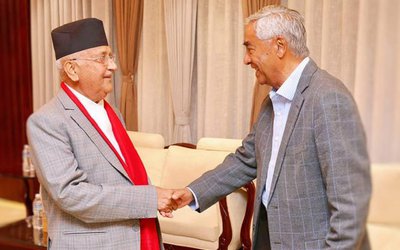
As one renowned aviation expert told this scribe, reporting of half read and half seen reporters spreads more confusion than the conversation of the commander of the ill-fated aircraft with Air Traffic Controller.
Full of contradiction, the stories filed by Nepal’s media have not only confused the people but also sent a wrong message to the entire world projecting Nepal’s sky as unsafe.
“This is totally nonsense. Nepal’s sky is completely safe in terms of technology and infrastructure. The accident occurred because of human errors,” said senior captain of Nepal Airlines YB Bhattarai. “The conversation leaked to the public showed that the captain of the airplane was in confusion.”
As a high level probe commission has already started its function and black box has already been sent for decoding, it is expected that it will clear the matter within a month as to whose negligence was responsible for this tragedy.
Although the last four minutes of the conversation between the US-Bangla Flight 211 pilot at the TIA Air Traffic Control indicates a possible confusion in the mind of the pilot about the Runway 02 (the southern end) and Runway 20 (the northern end), only the committee can draw the conclusion. Indications are that US-Bangla airlines met an accident due to ‘confusion’ while landing at Kathmandu International Airport.
Even as the Bombardier aircraft is on approach, the Nepali pilots of other aircraft are heard warning the ATC that the US-Bangla pilot seems disoriented and that he should be assisted by radar and taken out of harm's way.
At the very outset of the tape, the control tower is heard warning the pilot, “I say again, do not proceed towards Runway 20.” And later, he is warned to remain on hold and not to land because there is another aircraft on approach. The pilot acknowledges, “Ok we are making an orbit to the right. Copied.” The ATC then approves the pilot's call but restated the instruction not to land.
The last recorded words of the US-Bangla pilot is: “[Unintelligible] said sir, are we cleared to land?” After some silence, the clearly alarmed ATC controller shouts, “I say again, turn…!” There is silence for a while, and then a 'Fire One' calls the tower, indicating that a crash has occurred and the airport fire tender has been activated. The time of the crash has been noted as 2:18 pm.
The bodies were completely charred. Ambulances were hurrying to pick the charred bodies of passengers from the crash site. The crash site was cordoned off as scores of media persons, airport staffers and other people had gathered there. Family members of the deceased and injured were waiting outside the airport premises.
Eyewitnesses said the plane looked out of control when it was about to touch the runway. "I felt something abnormal before the plane landed on the runway. It was already out of balance and was trying to land from the north-east instead of the general practice of landing from the southern side of the airport," said Ram Chandra Adhikari, an official of Nepal Oil Corporation.
 The
Civil Aviation Authority of Nepal (CAAN) has dismissed an allegation that the
Air Traffic Controllers (ATCs) did not guide the US-Bangla aircraft properly
when it was trying to land at Tribhuvan International Airport (TIA). CAAN also
claimed that there were no lapses in the operation of the air control system
and otherinfrastructure.
The
Civil Aviation Authority of Nepal (CAAN) has dismissed an allegation that the
Air Traffic Controllers (ATCs) did not guide the US-Bangla aircraft properly
when it was trying to land at Tribhuvan International Airport (TIA). CAAN also
claimed that there were no lapses in the operation of the air control system
and otherinfrastructure.
Sanjeev Gautam, director general of CAAN, said, “The ATC had allowed both 02 and 20 approaches to the aircraft for landing.” Gautam further explained, “After the aircraft did not take either approach to land, the ATC asked the pilot whether there is any disturbance in landing but the pilot reported it was normal and the aircraft crashed soon after the communication between the pilot and the ATC,” said Gautam.
“We are blaming neither the pilot nor the ATCs for the crash. The accident is a technical issue, so we have just explained what had happened. Details will come out soon after the investigation,” Gautam explained.
A neurosurgeon and 12 to-be-doctors lost their lives in the US-Bangla aircraft crash, while two seriously injured medical students have been struggling to survive. A total of 14 medical students studying MBBS in Bangladesh were returning to their homes in Nepal.
The lesson of the current air accident is that Nepal’s regulatory authority needs to be more cautious before issuing permission to fly in Nepal. This also needs to apply for domestic airlines as well.
- FORMER KING GYANENDRA: Bating Constituional Monarchy
- Apr 28, 2025
- NC-UML COALITION: In Turmoil
- Apr 27, 2025
- TEACHERS ON STRIKE: Students' Future In Jeopardy
- Apr 25, 2025
- NEPAL-THAILAND: Joint Business Council
- Apr 13, 2025
- BIMSTEC SUMMIT: Nepal’s Stand
- Apr 11, 2025
